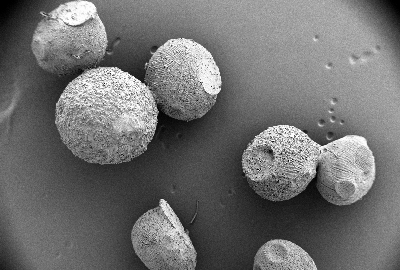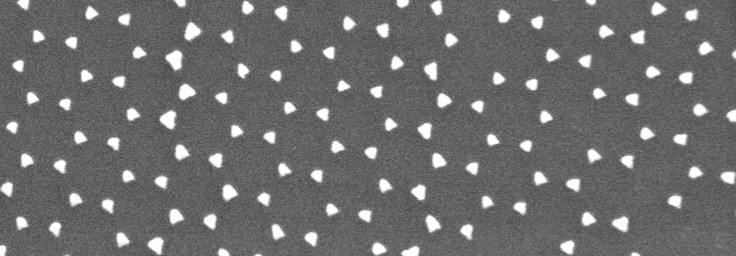Energy research
The Nanoscale Energy and Surface Engineering group research into a variety of areas, including photovoltaics design, transparent conductors, energy storage and hydrogen generation applications, catalyst development and plasma physics.

Working with materials ranging from graphene and organic semiconductors, to inorganic materials and enzymes, the OU researchers have experience in a wide range of applications.
Research facilities include a novel atmospheric plasma printing facility for printing nanoparticles to 2D materials and extensive surface engineering and high-end microscopy characterisation tools used to understand the surface and interface properties of the materials.
The group regularly publishes in high-impact journals, they have also received international recognition and have won multiple awards for their pioneering research. They have excellent national and international links with industry, and have partnered with organisations including NASA, Stanford University, IIT Delhi and Johnson Matthey.
Current research focuses on:
- Functionalisation of 2D materials through Plasma based process
- Nanoparticle printing on flexible substrates
- Black TiO2 and functionalisation of TM oxides for hydrogen generation
- Surface engineering super hydrophobic materials for marine applications
- Electrocatalysts for PEM and alcohol fuel cells
- The synthesis of supported metal catalysts and enzymes (i.e. lipases) for the conversion of waste fats, oils and greases to biodiesel.
- Understanding the surface properties of bacteria-coated nanoparticles for drug delivery.
- Surface and Interface properties studies of novel hole transport layers for organic solar cells
Current Researchers
- Professor Nick Braithwaite, Professor of Plasma Physics
- Dr James Bowen, Lecturer in Materials Engineering
- Dr Simon Collinson, Lecturer in Chemistry
- Dr Eleanor Crabb, Senior Lecturer in Inorganic Chemistry
- Dr Jon Golding, Senior Lecturer in Health Sciences
- Dr Jan Kowal, Senior Lecturer in Nanotechnology
- Dr Satheesh Krishnamurthy, Senior Lecturer in Energy
- Dr Tony Nixon, Senior Lecturer in Information Systems

Meet our Academics

In addition to teaching on Open University modules our academics are engaged in ground breaking research that benefits individuals and society.
Request your prospectus
Explore our qualifications and courses by requesting one of our prospectuses today.
Request prospectusAre you already an OU student?
Upcoming Events
No events